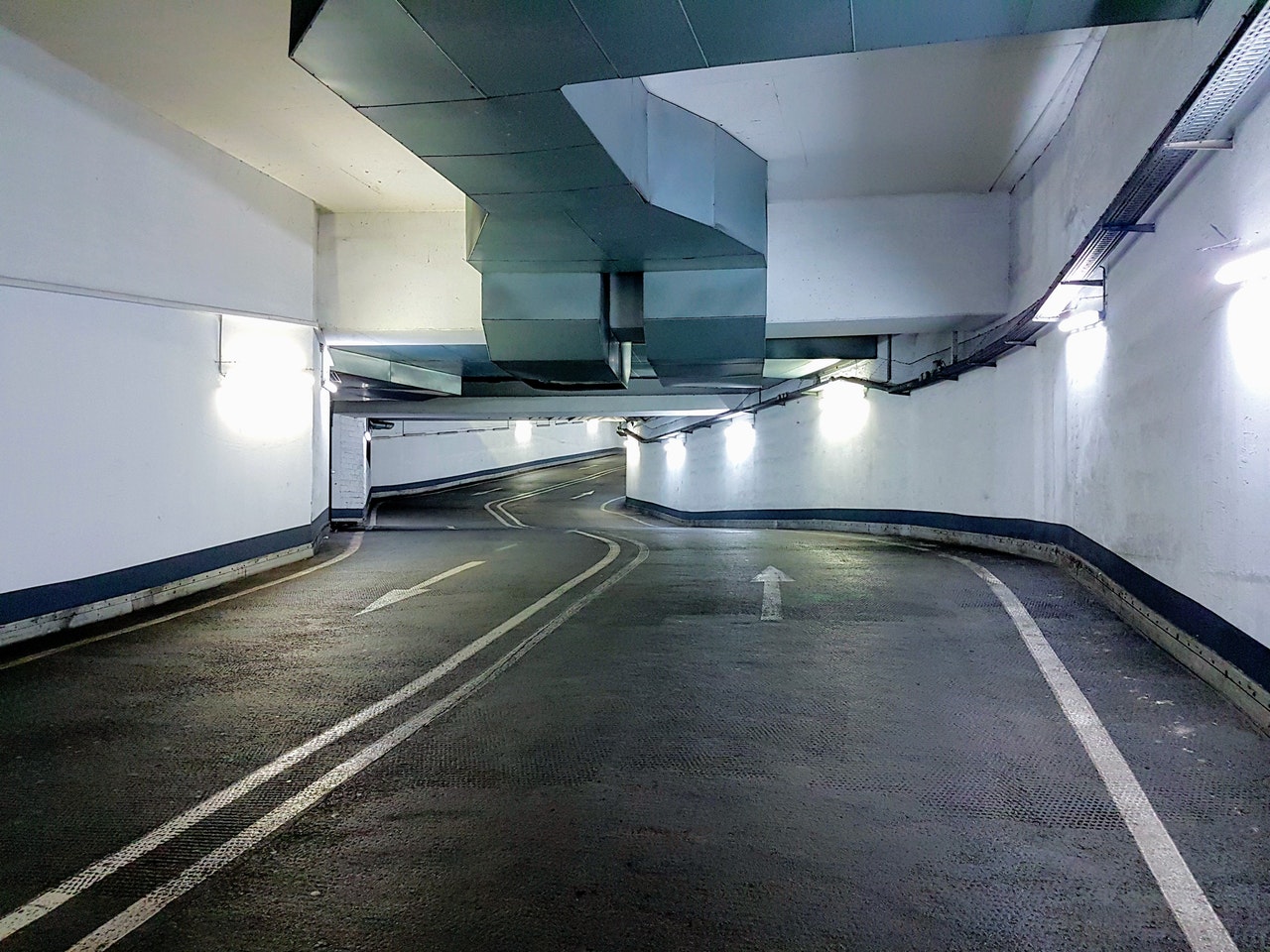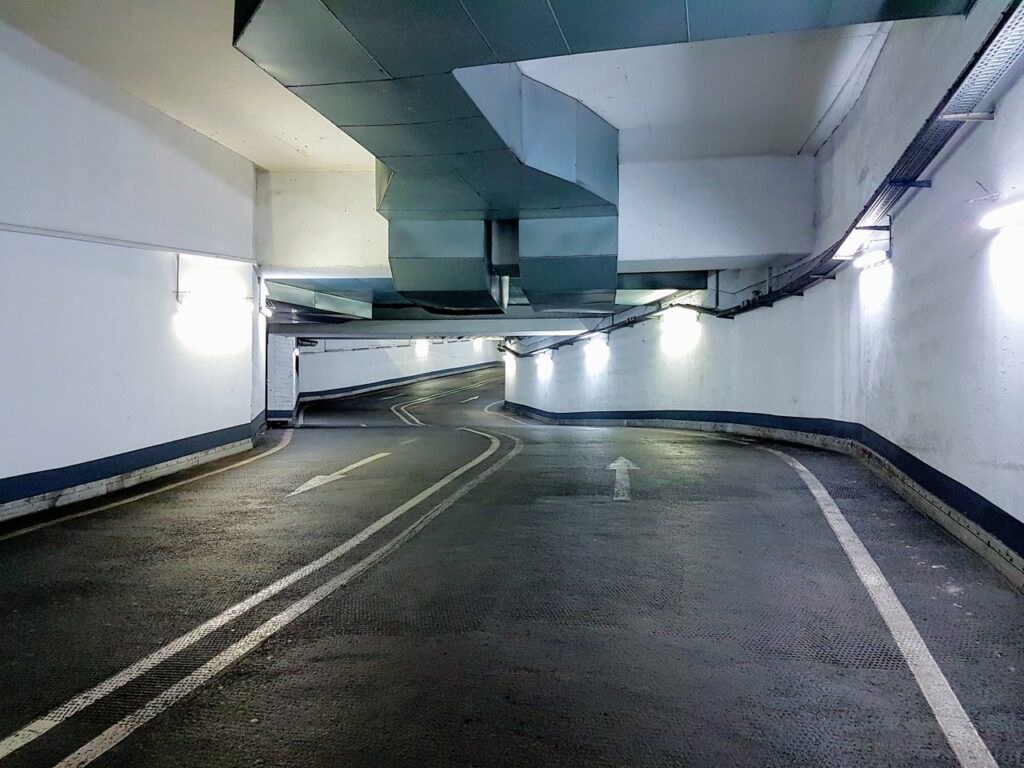Smart Buildings, Smart Ideas: Using Occupancy Data to Enhance Health and Safety in Parking Facilities


With the rise of smart buildings, occupancy data is starting to become more widely used as a tool in optimal facility management. Simple motion sensors are helpful in many capacities but more sophisticated occupancy sensors can now be embedded into other building systems, particularly smart lighting controls, benefitting many commercial facilities, and in particular, large commercial and multi-use residential parking facilities.
Parking facilities often demand a large portion of energy in commercial spaces, due to their dark and sometimes underground, locations. Now with Bluetooth enabled smart lighting, occupancy controls can now ensure better energy management with dimming capabilities when areas are not in use.
Now in both new construction and lighting retrofits, companies have the option to choose smart occupancy sensors that plug in with a centralized control system to offer real-time occupancy data. Occupancy data can be used to ensure health and safety within facilities. It can be used to adhere to building codes such as occupancy limits. And it can even be used to interpret space use for better customer experiences.
Occupancy Data for Health and Safety in Parking Facilities
Occupancy sensors work on the basis of motion detection and exist in many parking facilities where LED lighting with smart controls have been installed. The motion detection function enhances the energy savings of already efficient lightning, by lighting up and dimming based on movement within a facility. This is especially useful in less trafficked areas such as stairwells which require bright lighting when in use and low lighting when vacant. Now with the option to have occupancy data stream to facility managers in real-time, the uses go beyond simple lighting conservation.
Occupancy data is particularly relevant when unusual activity is occurring. Real-time data can alert building security and facility managers to activities that must be addressed. This could include loitering, break-ins, vandalism, drug use, and other issues of security. Real-time occupancy data can also notify when medical emergencies occur within the facility such as falls, particularly within stairwells. Even minor fender benders and car stalls blocking traffic flow can be attended to quickly with smart occupancy sensors set up in key areas of a parking facility.
Occupancy Data for Safety Compliance
Most parking facilities just like other commercial spaces, have limits on the number of people in a space for the purpose of fire safety. Occupancy data in this case can alert when limits have been surpassed due to too many cars, or crowds gathering. While this may not be an issue in manned parking lots with pay gates, it can become an issue in unmanned lots, posing both a fire safety and security risk to the facility and its patrons.
In cases where occupancy must be more strictly controlled such as with Covid regulations, occupancy data can be an important tool in managing crowds in parking facilities, and any commercial spaces for that matter.
Occupancy Data for Better Customer Experiences
In large under or above-ground parking lots, occupancy data can be used to create a better customer experience for patrons. When tied in with digital signage at the entry of the lot (and even on each floor), it can alert drivers to lot vacancy while turning away (or redirecting) drivers when lots or floors are at capacity.
In the absence of a digital signage system, occupancy data can also alert to ways to increase wayfinding within a facility. This is particularly useful in complex parking facilities such as with large malls or hospital parking lots. If occupancy data is pointing to many vehicles entering and exiting a facility without parking, this could indicate a lack of adequate wayfinding signage pointing to less-used areas of a parking lot. Better wayfinding means less hassle for drivers to find parking (a better customer experience), and also a better profit margin for pay per use parking lots.
Occupancy Data: A Smart Choice for Smart Facilities
As you can see, occupancy data has a myriad of uses in the case of parking facilities. These extend and multiply in other areas such as retail shopping centres (think customer experience and staffing), educational facilities (think space planning), and health care facilities (think safety.) We’ll be exploring these in upcoming blog posts and case studies but please reach out today to chat about how occupancy data can benefit your organization.
Contact us to arrange your free, no-obligation assessment, we look forward to hearing from you!

